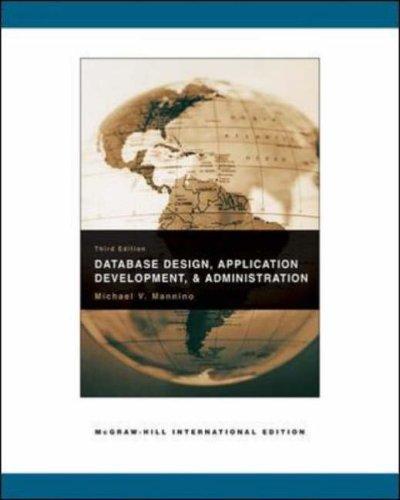take a screen captures whike performing the steps, and plug them in the word document. do not forget to number the steps. that way i can know how you did the project

HANDS-ON ACTIVITY 2A Tracing Your Email Most email today is spam, unwanted commercial email, or phishing, fake email designed to separate you from vour money. Criminals routinely send fake emails that try to get you to tell them your log-in information for your bank or your PayPal account, so they can steal the information, log-in as you, and steal your money. It is very easy to fake a return address on an email, so sim- ply looking to make sure that an email has a valid sender is not sufficient to ensure that the email was actually sent by the person or company that claims to have sent it. However, every SMTP email packet contains information in its header about who actually sent the email. You can read this infor- mation yourself, or you can use a tool designed to simplify the process for you. The objective of this Activity is for you to trace an email you have received to see if the sending address on the email is actually the organization that sent it. There are many tools you can use to trace your email. We like a tool called eMail Tracker Pro, which has a free version that lasts 15 days. 3. After you open the email, find the option that enables you to view the Internet header or source of the mes- sage (in Microsoft Outlook, click the Options tab and look at the bottom of the box that pops up). Figure 2-19 shows the email I received and how to find the SMTP header (which Outlook calls the Internet header). Copy the entire SMTP header to the clip- board. 4. Start eMail Tracker Pro. Select Trace an email, and paste the SMTP header into the box provided. Click Trace to start the trace. 5. It may take up to 30 seconds to trace the email, so be patient. Figure 2-20 shows the results from the email I received. The email supposedly from Wachovia Bank was actually from a company named Musser and Kouri Law whose primary contact is Musser Ratliff, CPA, which uses SBC in Plano, Texas, as its Internet service provider. We suspect that someone broke into this company's network and used their email server without permission, or fraudulently used this com- pany's name and contact information on its domain registration. 1. Go to www.emailtrackerpro.com and download and install eMail Tracker Pro. 2. Log-in to your email and find an email message you want to trace. I recently received an email supposedly from Wachovia Bank; the sender's email address was aw-login@wachovia.com. Deliverables Trace one email. Print the original email message and the trace results. 1. Should all messages on the Internet be treated equally? 2. Can ISPS regulate (or discriminate) data that runs through their networks based on source, destination, protocol, or content? HANDS-ON ACTIVITY 2A Tracing Your Email Most email today is spam, unwanted commercial email, or phishing, fake email designed to separate you from vour money. Criminals routinely send fake emails that try to get you to tell them your log-in information for your bank or your PayPal account, so they can steal the information, log-in as you, and steal your money. It is very easy to fake a return address on an email, so sim- ply looking to make sure that an email has a valid sender is not sufficient to ensure that the email was actually sent by the person or company that claims to have sent it. However, every SMTP email packet contains information in its header about who actually sent the email. You can read this infor- mation yourself, or you can use a tool designed to simplify the process for you. The objective of this Activity is for you to trace an email you have received to see if the sending address on the email is actually the organization that sent it. There are many tools you can use to trace your email. We like a tool called eMail Tracker Pro, which has a free version that lasts 15 days. 3. After you open the email, find the option that enables you to view the Internet header or source of the mes- sage (in Microsoft Outlook, click the Options tab and look at the bottom of the box that pops up). Figure 2-19 shows the email I received and how to find the SMTP header (which Outlook calls the Internet header). Copy the entire SMTP header to the clip- board. 4. Start eMail Tracker Pro. Select Trace an email, and paste the SMTP header into the box provided. Click Trace to start the trace. 5. It may take up to 30 seconds to trace the email, so be patient. Figure 2-20 shows the results from the email I received. The email supposedly from Wachovia Bank was actually from a company named Musser and Kouri Law whose primary contact is Musser Ratliff, CPA, which uses SBC in Plano, Texas, as its Internet service provider. We suspect that someone broke into this company's network and used their email server without permission, or fraudulently used this com- pany's name and contact information on its domain registration. 1. Go to www.emailtrackerpro.com and download and install eMail Tracker Pro. 2. Log-in to your email and find an email message you want to trace. I recently received an email supposedly from Wachovia Bank; the sender's email address was aw-login@wachovia.com. Deliverables Trace one email. Print the original email message and the trace results. 1. Should all messages on the Internet be treated equally? 2. Can ISPS regulate (or discriminate) data that runs through their networks based on source, destination, protocol, or content









